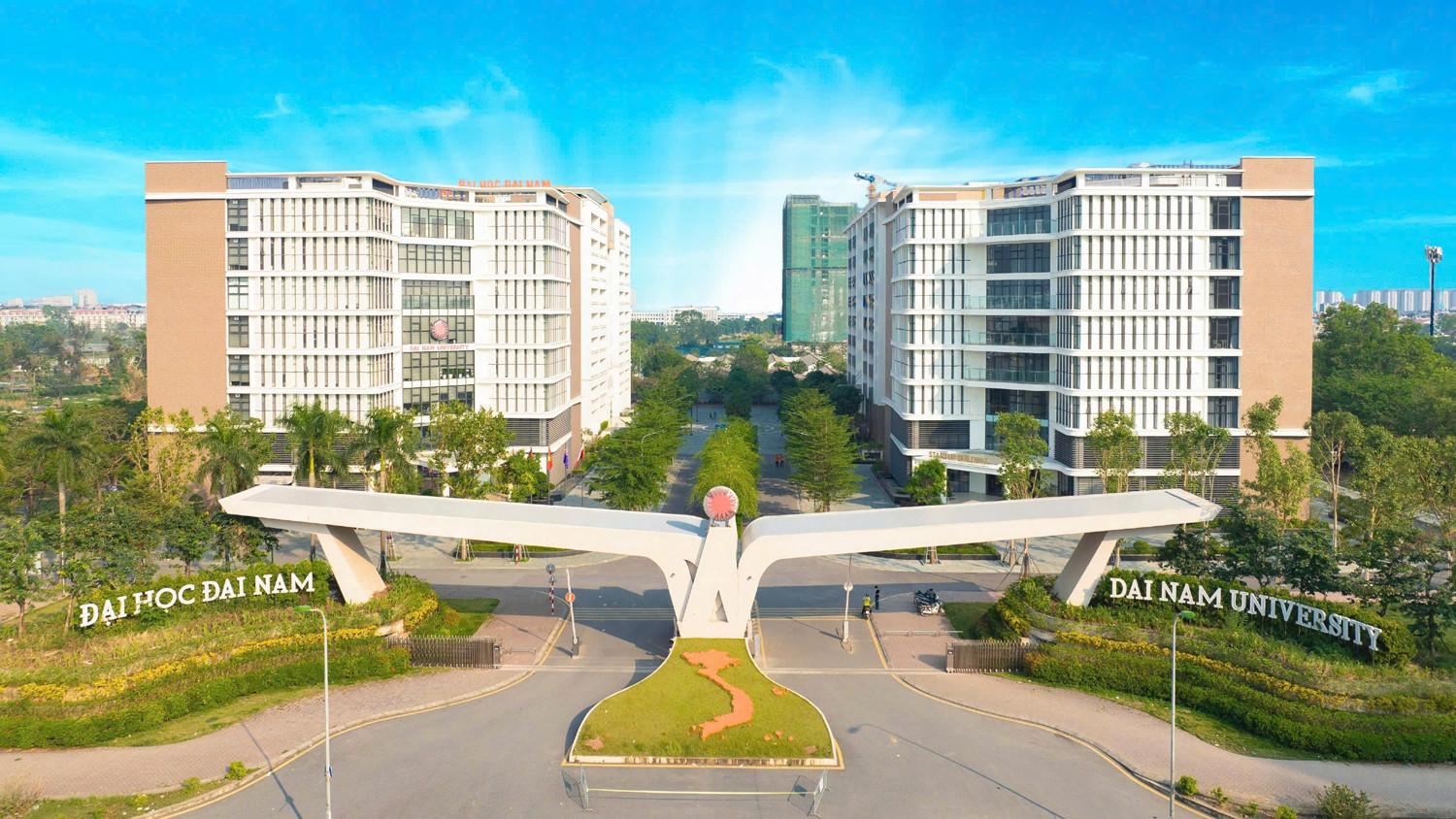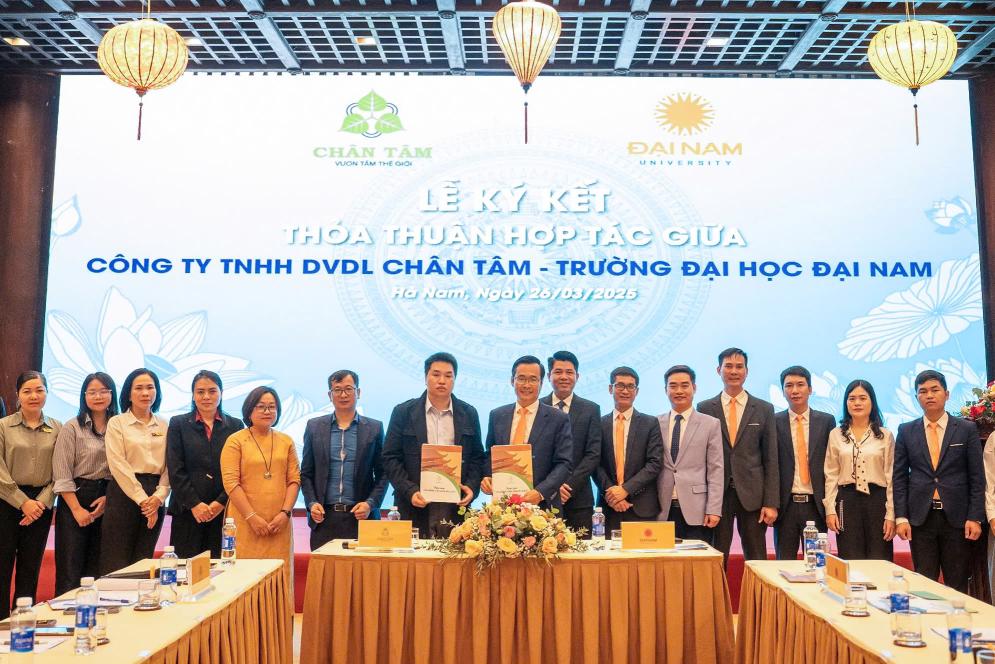Bad debt settlement results of credit institutions after 5 years of restructuring
Posted date 29/05/2017
2.047 view

One of the key tasks of the banking sector in general and credit institutions (CIs) in particular in recent years is to carry out restructuring according to the Prime Minister's Decision. This is also one of the major concerns of domestic and foreign investors in particular, and the public in general. These issues are the effectiveness of restructuring CIs, handling bad debts, improving credit quality, and the performance of commercial banks (CBs) that must be merged and resold, especially the 3 CBs that the State Bank (SBV) bought back at 0 VND.
MSc. Tran Thi Lan Phuong
Lecturer of Faculty of Finance and Banking
Lecturer of Faculty of Finance and Banking
One of the key tasks of the banking sector in general and credit institutions (CIs) in particular in recent years is to carry out restructuring according to the Prime Minister's Decision. This is also one of the major concerns of domestic and foreign investors in particular, and the public in general. These issues are the effectiveness of restructuring CIs, handling bad debts, improving credit quality, and the performance of commercial banks (CBs) that must be merged and resold, especially the 3 CBs that the State Bank (SBV) bought back at 0 VND.
By the end of 2016, the system of credit institutions had achieved certain results after 5 years of implementing the restructuring project, especially in the issue of bad debt handling. However, it is undeniable that difficulties and problems still exist.
Results achieved
In recent years, the State Bank has issued many documents, decisions and circulars related to the formation of the bad debt trading market. Typically, Circular 08/2016/TT-NHNN amends and supplements a number of articles of Circular 19/2013/TT-NHNN regulating the purchase, sale and settlement of bad debts of the Vietnam Asset Management Company (VAMC) according to the market mechanism, helping to increase the initiative and authority of VAMC; or Decision 618/QD-NHNN allowing VAMC to officially implement the plan to buy and sell bad debts according to the market mechanism. Data collected from reports of credit institutions show that the average bad debt ratio of the whole system by the end of 2016 is estimated to have decreased slightly from 2.9% in 2015 to 2.8%.
According to statistics from the State Bank of Vietnam, as of November 30, 2016, the bad debt ratio of the entire system is estimated at about 2.46%. According to calculations by the National Financial Supervisory Commission, as of December 31, 2016, no bank has announced that its bad debt ratio exceeds the threshold of 3%.
The settlement of bad debts of credit institutions is done by a combination of solutions: auctioning assets, handling assets with customers, debt collection... in which, a considerable proportion of bad debts are sold by credit institutions to VAMC. In 2016, according to data from the National Financial Supervision Commission, the system of credit institutions has handled about 95,000 billion VND of bad debts. Of which, handling through debt collection, selling secured assets accounts for about 52.6% of the total value of bad debts handled, using risk reserves accounts for 26.6%, selling to VAMC accounts for 21%. Credit quality according to the report also shows that it has improved to a certain extent.
Thus , from 3 different reporting sources: from credit institutions, from the State Bank and from the National Financial Supervisory Commission, all agree that the bad debt ratio has decreased, and at the same time, acknowledge the important role of bad debt settlement solutions through VAMC. Evidence for this is that even Eximbank (Vietnam Export Import Commercial Joint Stock Bank) - one of the banks with a relatively high bad debt ratio after the second quarter report of 2016 (5.3%), but the good news is that in the last 6 months of the year, 1,726 billion VND of bad debt was restructured (mostly swapped with VAMC bonds), making Eximbank's total bad debt by the end of the year only 2,558 billion VND, accounting for 2.94% of total outstanding debt. In general, over the past year, the business situation at Eximbank has been changing positively in both profit and credit risk control.
Among the 10 banks that publicly disclose bad debt data, ACB (Asia Commercial Joint Stock Bank) is the bank with the lowest bad debt to total outstanding loans ratio at 0.87%. This is also the only bank with a figure below 1%. The bank's total bad debt at the end of 2016 was VND1,419 billion, down 20% compared to the beginning of the year.
Existing existences
The biggest obstacle in dealing with bad debt is that credit institutions cannot proactively handle collateral assets and Vietnam does not have a proper debt trading market. This has been proposed by the State Bank, commercial banks and experts for many years but has not yet had any major changes. Combined with the uncertainty of economic growth and the slow recovery of the real estate market, the task of dealing with bad debt will continue to be the most difficult task in restructuring banks.
The figures released by the State Bank recently show that the bad debt clot is still large, in fact it may exceed 3% as reported by credit institutions. The blockage level may reach 8-9% if bad debt managed by VAMC and potential bad debt are included. About half a million billion VND are in this category. The bad debt clot is still a bottleneck for capital flow to the economy.
In Vietnam, bad debt settlement does not use the budget. This is a very creative solution. However, in reality, according to most experts, the settlement speed is very slow due to low successful sales.
Some solutions
Firstly , focus on handling bad debts, focusing on the self-handling by commercial banks. However, if only commercial banks alone will not be able to handle this bad debt. The State Bank, the Ministry of Finance as well as the Government need to create a policy mechanism to support commercial banks in the long term. Specifically: handle accrued interest by allowing the refund of accrued interest over many years, review debt groups to have appropriate handling mechanisms, create a debt trading mechanism at market prices, quickly release bad debts currently at VAMC as well as at AMCs (Debt Trading Companies) of commercial banks.
By the end of 2016, the system of credit institutions had achieved certain results after 5 years of implementing the restructuring project, especially in the issue of bad debt handling. However, it is undeniable that difficulties and problems still exist.
Results achieved
In recent years, the State Bank has issued many documents, decisions and circulars related to the formation of the bad debt trading market. Typically, Circular 08/2016/TT-NHNN amends and supplements a number of articles of Circular 19/2013/TT-NHNN regulating the purchase, sale and settlement of bad debts of the Vietnam Asset Management Company (VAMC) according to the market mechanism, helping to increase the initiative and authority of VAMC; or Decision 618/QD-NHNN allowing VAMC to officially implement the plan to buy and sell bad debts according to the market mechanism. Data collected from reports of credit institutions show that the average bad debt ratio of the whole system by the end of 2016 is estimated to have decreased slightly from 2.9% in 2015 to 2.8%.
According to statistics from the State Bank of Vietnam, as of November 30, 2016, the bad debt ratio of the entire system is estimated at about 2.46%. According to calculations by the National Financial Supervisory Commission, as of December 31, 2016, no bank has announced that its bad debt ratio exceeds the threshold of 3%.
The settlement of bad debts of credit institutions is done by a combination of solutions: auctioning assets, handling assets with customers, debt collection... in which, a considerable proportion of bad debts are sold by credit institutions to VAMC. In 2016, according to data from the National Financial Supervision Commission, the system of credit institutions has handled about 95,000 billion VND of bad debts. Of which, handling through debt collection, selling secured assets accounts for about 52.6% of the total value of bad debts handled, using risk reserves accounts for 26.6%, selling to VAMC accounts for 21%. Credit quality according to the report also shows that it has improved to a certain extent.
Thus , from 3 different reporting sources: from credit institutions, from the State Bank and from the National Financial Supervisory Commission, all agree that the bad debt ratio has decreased, and at the same time, acknowledge the important role of bad debt settlement solutions through VAMC. Evidence for this is that even Eximbank (Vietnam Export Import Commercial Joint Stock Bank) - one of the banks with a relatively high bad debt ratio after the second quarter report of 2016 (5.3%), but the good news is that in the last 6 months of the year, 1,726 billion VND of bad debt was restructured (mostly swapped with VAMC bonds), making Eximbank's total bad debt by the end of the year only 2,558 billion VND, accounting for 2.94% of total outstanding debt. In general, over the past year, the business situation at Eximbank has been changing positively in both profit and credit risk control.
Among the 10 banks that publicly disclose bad debt data, ACB (Asia Commercial Joint Stock Bank) is the bank with the lowest bad debt to total outstanding loans ratio at 0.87%. This is also the only bank with a figure below 1%. The bank's total bad debt at the end of 2016 was VND1,419 billion, down 20% compared to the beginning of the year.
Existing existences
The biggest obstacle in dealing with bad debt is that credit institutions cannot proactively handle collateral assets and Vietnam does not have a proper debt trading market. This has been proposed by the State Bank, commercial banks and experts for many years but has not yet had any major changes. Combined with the uncertainty of economic growth and the slow recovery of the real estate market, the task of dealing with bad debt will continue to be the most difficult task in restructuring banks.
The figures released by the State Bank recently show that the bad debt clot is still large, in fact it may exceed 3% as reported by credit institutions. The blockage level may reach 8-9% if bad debt managed by VAMC and potential bad debt are included. About half a million billion VND are in this category. The bad debt clot is still a bottleneck for capital flow to the economy.
In Vietnam, bad debt settlement does not use the budget. This is a very creative solution. However, in reality, according to most experts, the settlement speed is very slow due to low successful sales.
Some solutions
Firstly , focus on handling bad debts, focusing on the self-handling by commercial banks. However, if only commercial banks alone will not be able to handle this bad debt. The State Bank, the Ministry of Finance as well as the Government need to create a policy mechanism to support commercial banks in the long term. Specifically: handle accrued interest by allowing the refund of accrued interest over many years, review debt groups to have appropriate handling mechanisms, create a debt trading mechanism at market prices, quickly release bad debts currently at VAMC as well as at AMCs (Debt Trading Companies) of commercial banks.
.png)
Second , open the market to foreign enterprises, commercial banks, and financial investment funds through solutions to expand investment room, sell debts, including selling state-owned enterprises and public assets to create liquidity for the debt trading market. Currently, foreign investors are quite interested in bad debts of commercial banks and enterprises in general, but the cumbersome procedures are a barrier for them.
Third , there must be a joint effort of the entire system and the entire economy. It is even possible to consider using the budget, not leaving commercial banks alone to completely resolve bad debts, unblocking the capital bottleneck will be a lever for the economy in the long term, ensuring sustainable economic development. In the world, many countries have also had to concentrate their efforts to completely resolve this problem.
Once the bad debt is resolved with the joint efforts of the banking system, and the banking system is no longer alone to "untie the clot" for the benefit of the entire economy, it is certain that the restructuring of the credit institution system will no longer be entangled, the blood vessels will be cleared, contributing to the economic growth momentum.
References
1. Banking magazine, issue T4/2017.
2. Some articles on websites:
www.sbv.gov.vn
http://www.nfsc.gov.vn/
www.cafef.vn
Third , there must be a joint effort of the entire system and the entire economy. It is even possible to consider using the budget, not leaving commercial banks alone to completely resolve bad debts, unblocking the capital bottleneck will be a lever for the economy in the long term, ensuring sustainable economic development. In the world, many countries have also had to concentrate their efforts to completely resolve this problem.
Once the bad debt is resolved with the joint efforts of the banking system, and the banking system is no longer alone to "untie the clot" for the benefit of the entire economy, it is certain that the restructuring of the credit institution system will no longer be entangled, the blood vessels will be cleared, contributing to the economic growth momentum.
References
1. Banking magazine, issue T4/2017.
2. Some articles on websites:
www.sbv.gov.vn
http://www.nfsc.gov.vn/
www.cafef.vn
Latest article
View all Posts
Related articles
See all related Articles
Register for admission consultation 2025
Dai Nam University offers admissions to
36 academic programs
across a diverse range of disciplines, including Healthcare, Engineering and Technology, Economics and Business, and Social Sciences and Humanities.
Register now to secure
scholarships and tuition support worth up to 55 billion VND
scholarships and tuition support worth up to 55 billion VND

Register now to secure
scholarships and tuition support worth up to 55 billion VND
scholarships and tuition support worth up to 55 billion VND








